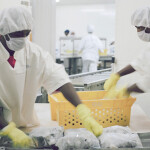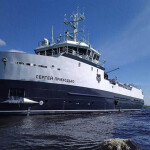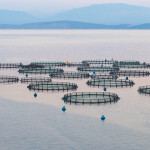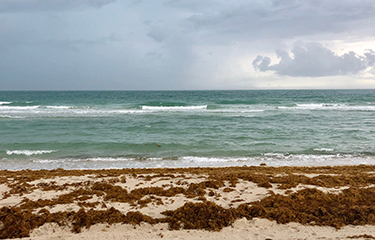A 5,000-mile-wide seaweed blob spreading throughout the Caribbean Sea and Gulf of Mexico has been linked to a rise in vibrio cases popping up in the U.S. state of Florida.
A new study from Florida Atlantic University (FAU) found traces of vibrio vulnificus in the sargassum floating along the Florida coast. Vibrio bacteria is flourishing on plastic debris caught in the sargassum blob, presenting a danger to humans and providing potential contamination to local shellfish.
“Plastic is a new element that’s been introduced into marine environments and has only been around for about 50 years,” FAU Assistant Professor and Author Tracy Mincer said. “Our lab work showed that these vibrio are extremely aggressive and can seek out and stick to plastic within minutes.”
Vibrio bacteria can be fatal to humans and are found in water worldwide from marine environments. According to the Center for Disease Control and Prevention, one in five people can die from a vibrio infection, sometimes from ingesting vibrio that accumulates in shellfish.
The sargassum blob was predicted to expand this summer, though it decreased 15 percent in size between April and May. The sargassum is composed of macroalgae that float in large masses in the Sargasso Sea. When it washes ashore it decomposes and produces hydrogen sulfide gas and ammonia, which smells like rotten eggs and can cause irritation to the eyes, throat, and nose.
Photo courtesy of baileyc1/Shutterstock







